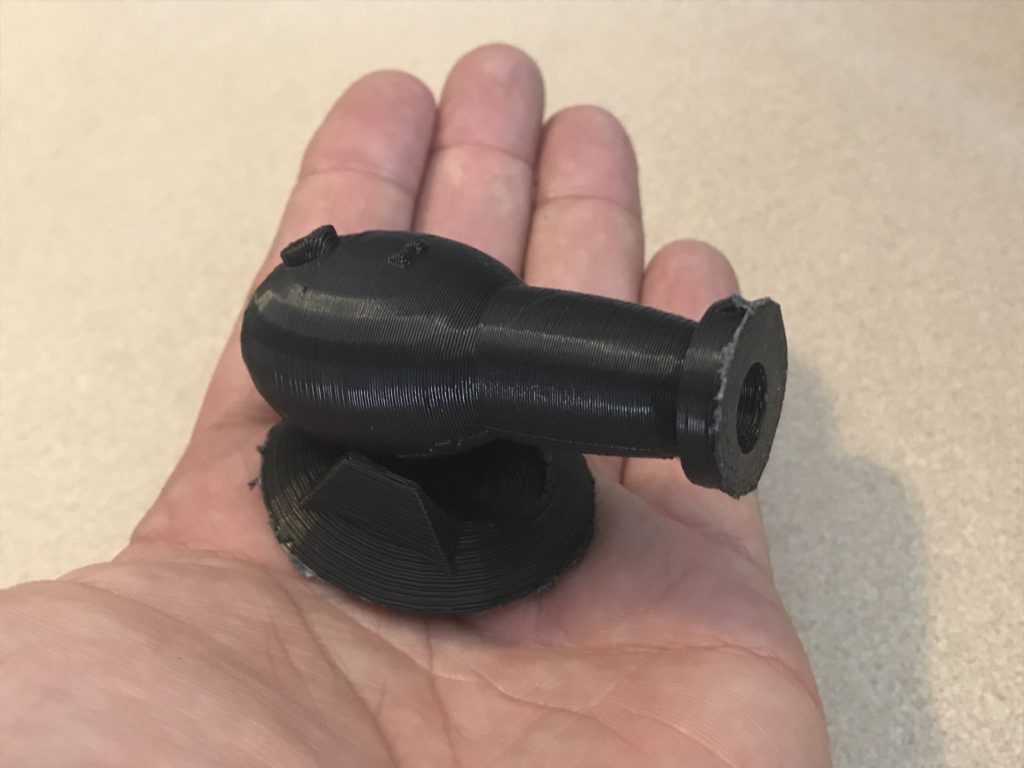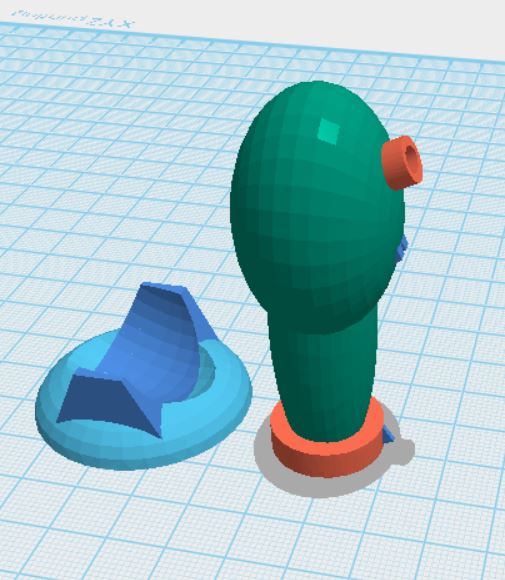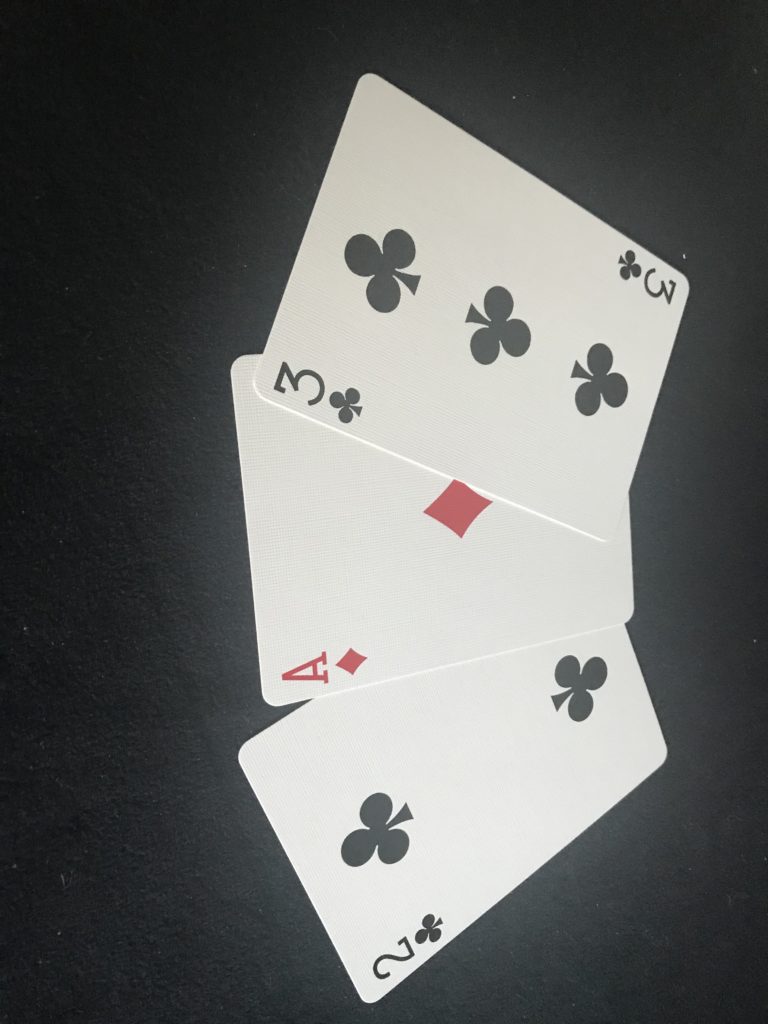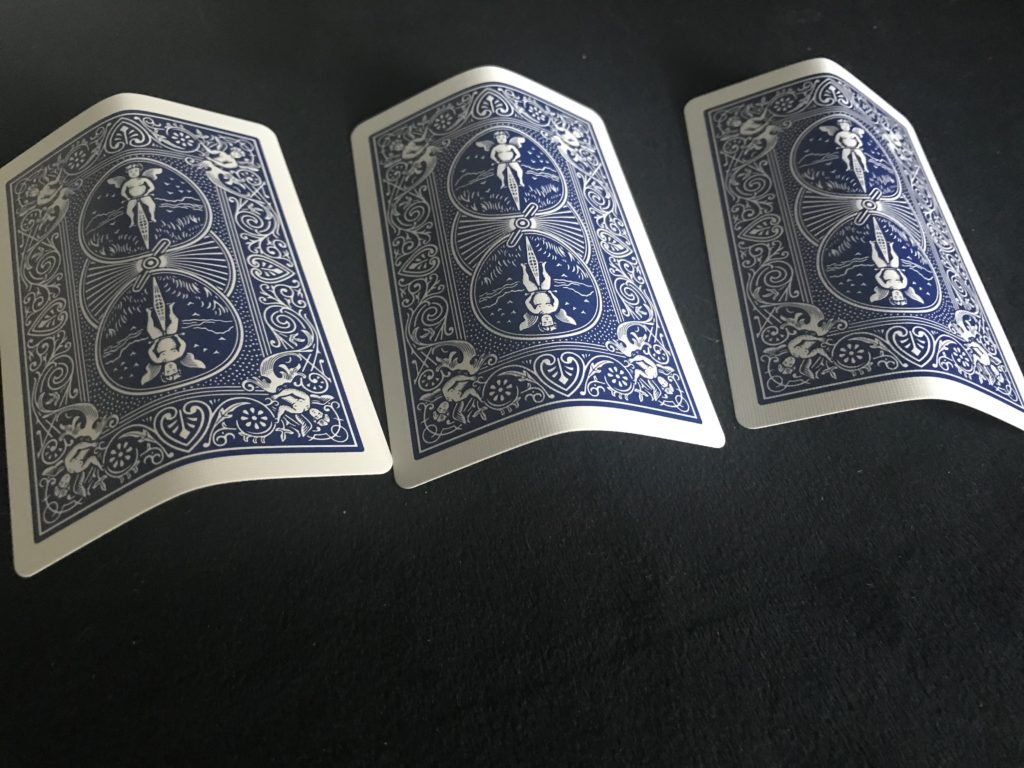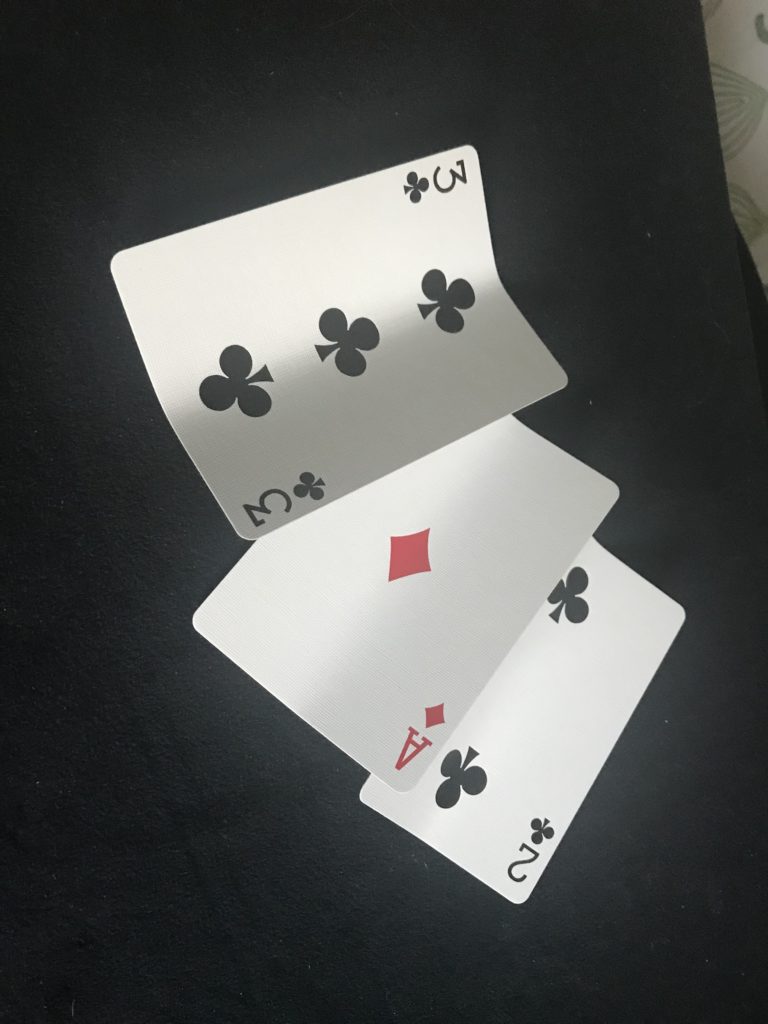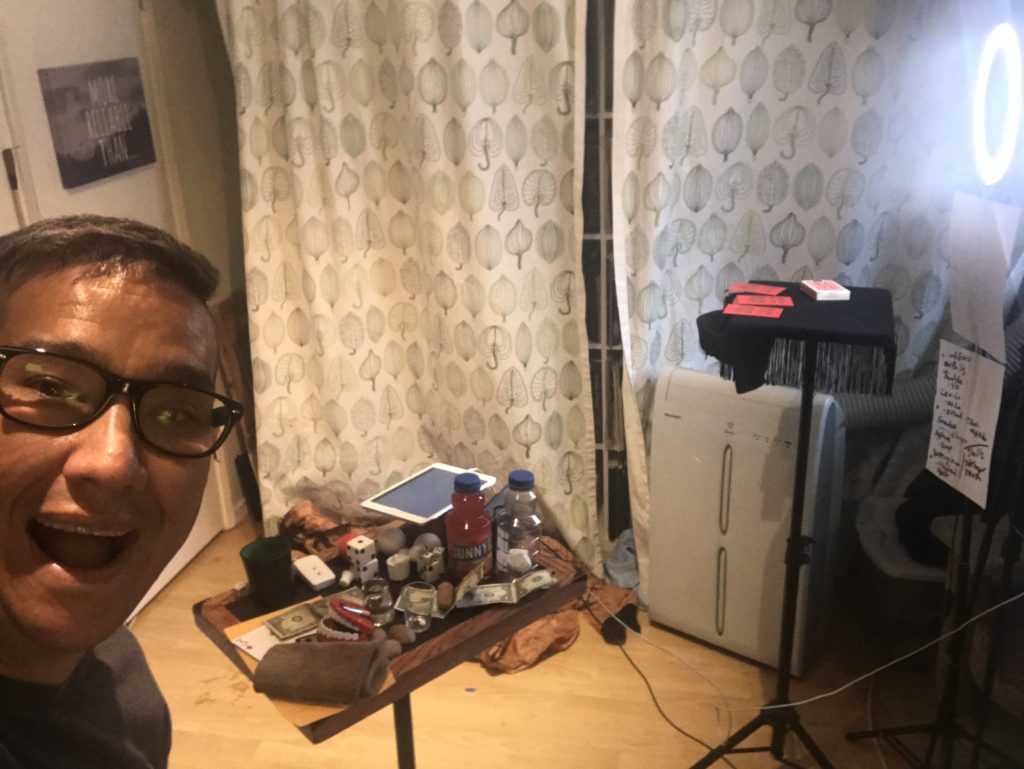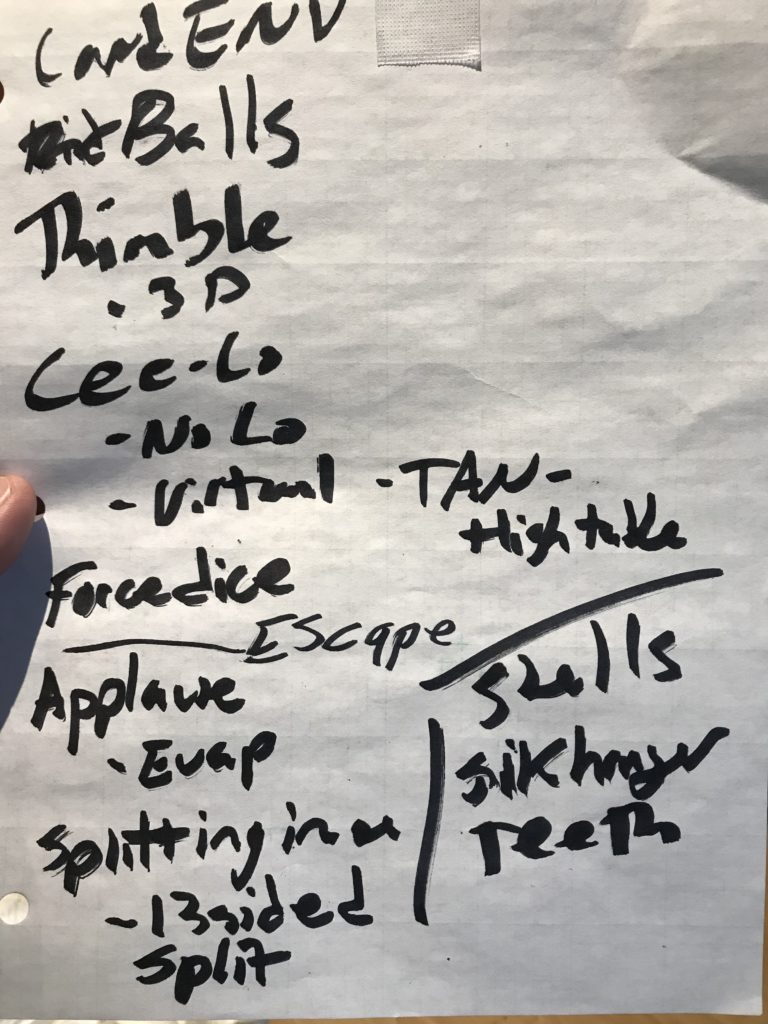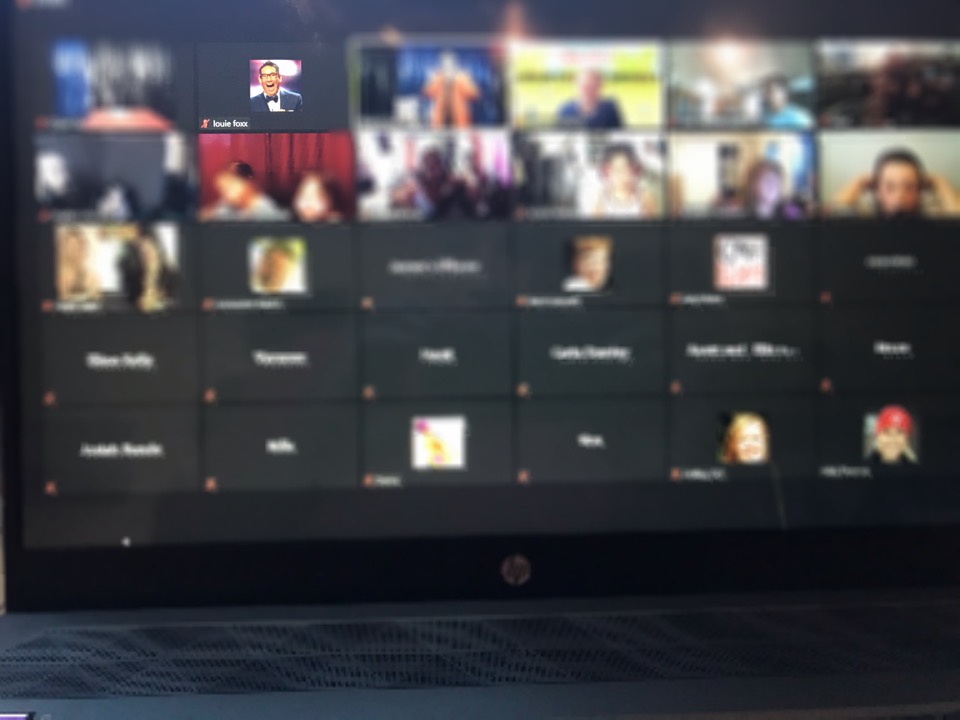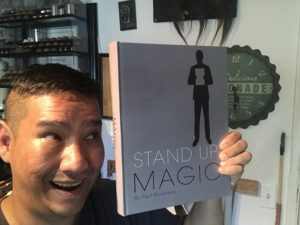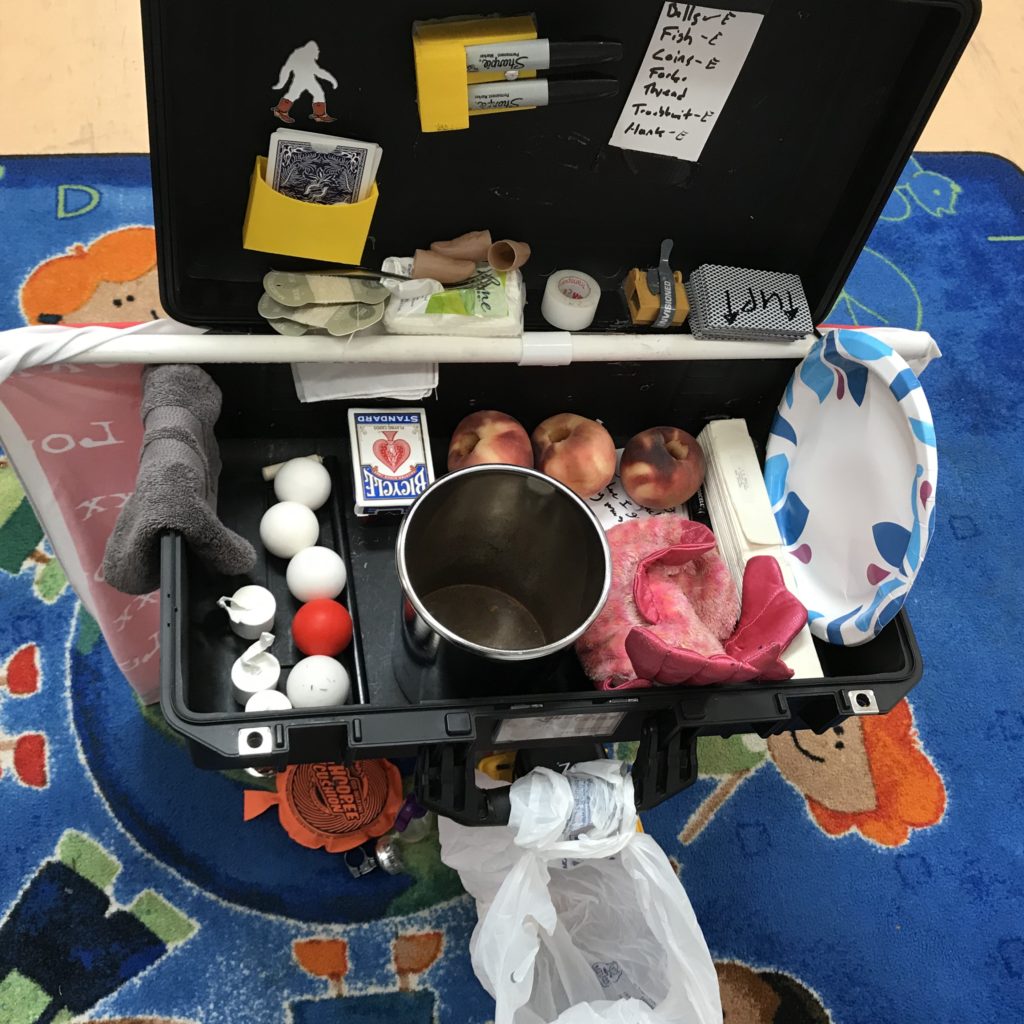There’s a genre of magic tricks that I’m not really into and those are what are frequently called magician foolers. The main reason for this is that I don’t perform for audiences of just magicians very often. When I do perform for just magicians, I do my real world stuff. One thing to keep in mind is that just because it’s a trick for general audiences, doesn’t necessarily mean it won’t fool magicians.
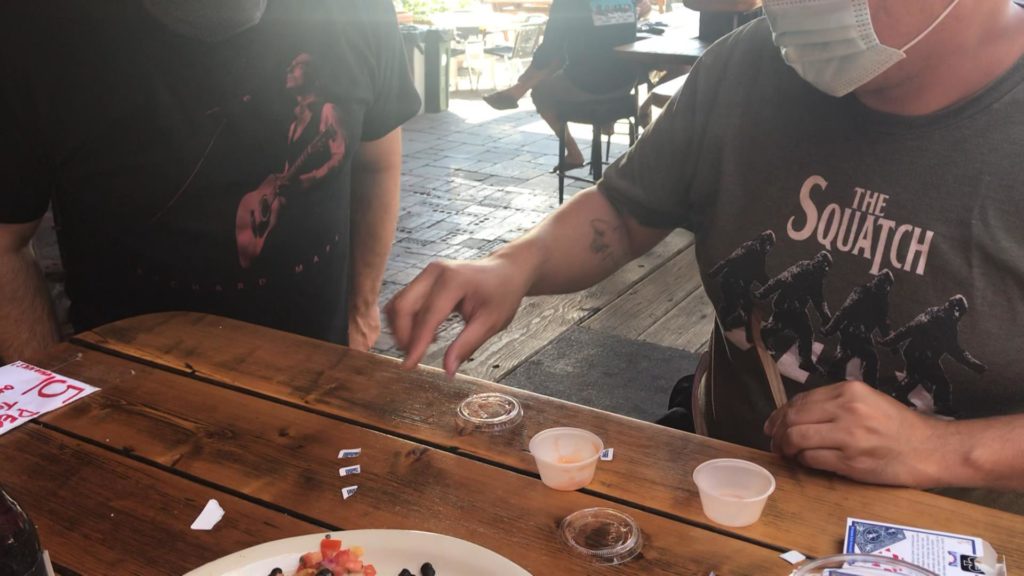
What I’m writing about today are tricks that are specifically designed for audiences of magicians. Recently I’ve discovered an interesting principle, for doing a reverse three card monte type effect, where the audience mixes the cards and you always find the money card. I thought it was a interesting little thing and that’d be that, until I did it for a couple of magicians and it floored them! We spend the afternoon jamming with it and we added a second phase, but we’re still at it being a trick for magicians.
I think the important thing was for me to recognize what this probably is, it’s a trick for 2 am in the lobby of a magic convention. I’m going to keep playing with it and hopefully figure out something more mainstream to do it with.

